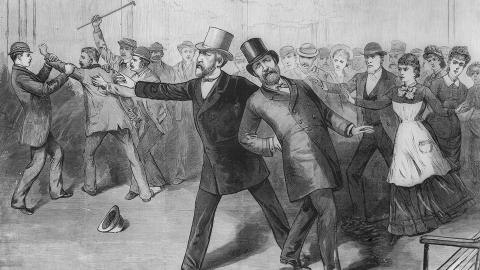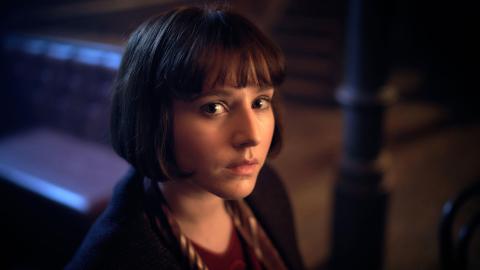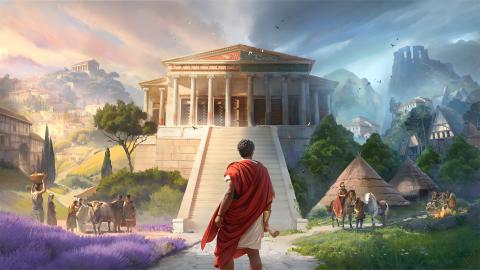Jamestown
Having fed on horses, and other animals, we ate boots, shoes and any other leather.
George Percy, Jamestown survivor
70% of those who make the trip across the Atlantic to America will be dead within the first year.
But riches and religion persuade a few to risk all.
FISH-FORTUNES
Ever since Christopher Columbus's Caribbean landing in 1492, the coasts of the New World have seen regular visits by European fishing fleets. The great cod-fisheries there are money-makers in a protein poor Europe. In 1564, French Huguenots build a colony near what is now Jacksonville, Florida, much to the irritation of the Spanish who have claimed the region. In response, they establish a military post at St Augustine - the first permanent European settlement in what would become the United States.
LAND-LUST
The English don't settle but make fortunes from piracy. This ends in 1604 after peace is made with the Spanish. Now, incalculable amounts of land draw investors. In 1607, the first permanent British settlement is established by the London Company in Jamestown, Virginia. There are around 500 colonists. In three years, all but 60 are dead. But very few of those deaths will be from the much feared Native Americans. The colonists aren't prepared. Instead of livestock, they bring chemical tests for gold they'll never find. Disease and starvation kill most. In February 1610, a man is burnt at the stake for killing his pregnant wife and planning to eat her.
TOBACCO
In May 1610, the aptly named ship, the Deliverance lands at Jamestown. One of the new colonists is an English farmer, John Rolfe. And the crop he'll cultivate will turn Jamestown from hell-hole to America's first boom town – Tobacco.
Previously an exclusive crop of the Spanish empire, the warm, humid climate around the bay, creates a tobacco harvest worth a million dollars in today's money. In 1614, he marries Pocahontas, the daughter of Emperor Powhatan and the marriage encourages a period of peace between the natives and the settlers. Two years later, the couple travel to England and become celebrities. Her portrait is used to sell the New World as a place of peace and profit. But she dies before she can return there. John Rolfe does and, rather ironically, considering his recent public relations tour, he dies, probably as a result of a Native American attack.
But the story of his success persuades at least another 1000 to come to Virginia in 1619. (Among them, 20 slaves from Angola) Thirty years later, there are 20,000 settlers. America is founded on tobacco. Historian Hugh Brogan says that, 'at one stage, even the streets of Jamestown were sown with tobacco.' For the next century and a half, it will be the country's largest export.
But tobacco exhausts the soil within seven years. The need to find fresh lands drove Virginians ever Westwards. Within a century and a half, three million people live in 13 mainly English speaking separate colonies, all under the control of the British King.
Did you know?
The Spanish empire made the selling of tobacco seeds to foreigners punishable by death. No one knows how John Rolfe managed to secure his tobacco seeds. , The making of Virginia, was also its breaking. As the crop exhausts the soil every seven years, the state rapidly expanded its cultivation throughout the seventeenth and eighteenth centuries. But it was also its 'eventual ruin...when, at the beginning of the nineteenth century, the state had run out of fresh land suitable for cultivation.' (Hugh Brogan), In 1624 Dutch colonists founded New Amsterdam in the area that is now Manhattan Island after purchasing it from Native Americans for a reported price of $24.
















